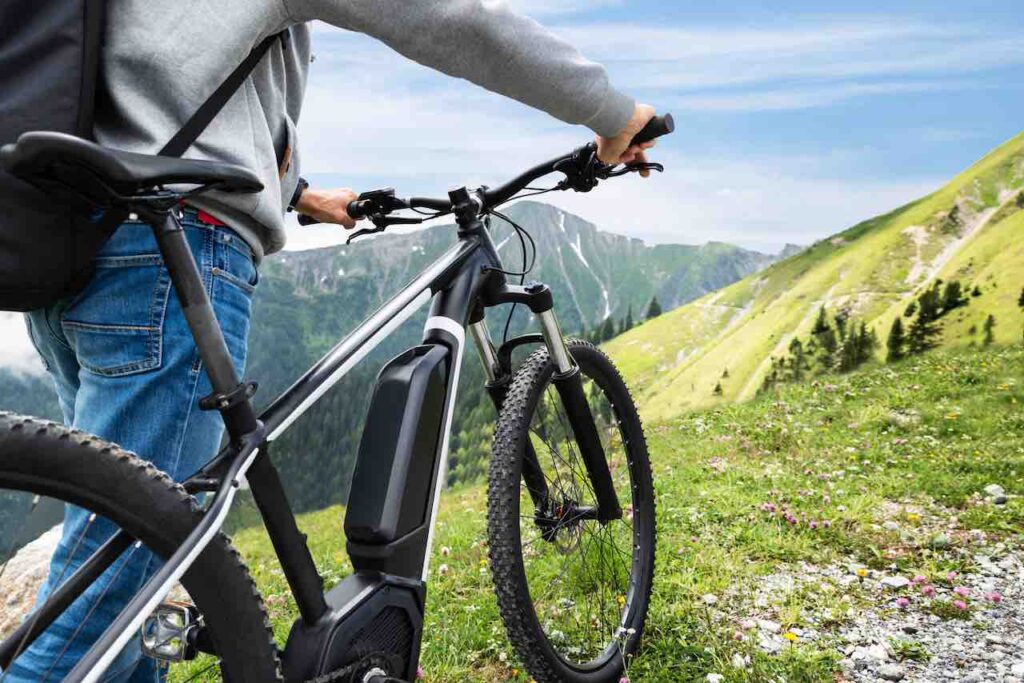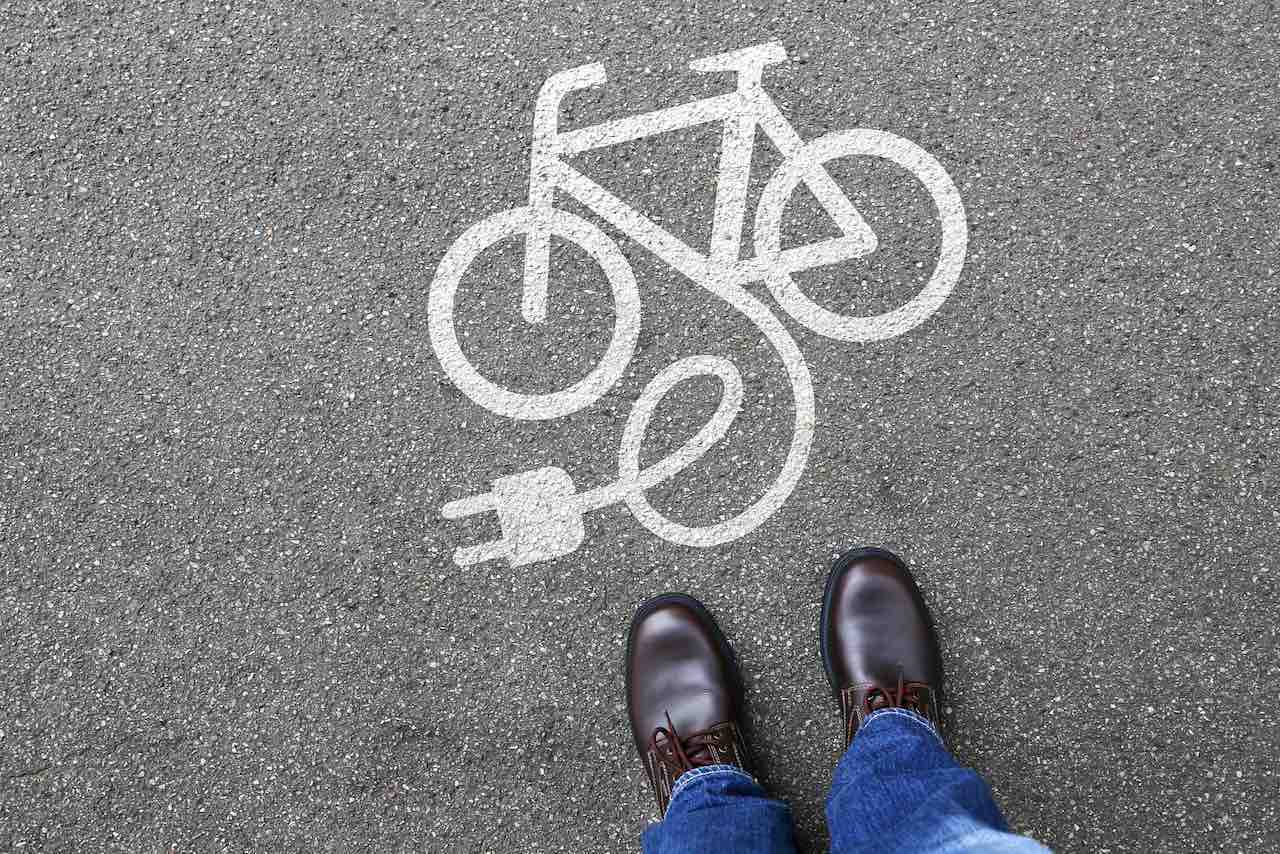The success ofe-bike continues unabated in the relationship Bicycle ecosystem. The electric bike has a fundamental role for the Italian economy and the transition.
 The Italian bicycle ecosystem, what you need to know between e-bikes and cycle tourism, source Depositphoto
The Italian bicycle ecosystem, what you need to know between e-bikes and cycle tourism, source Depositphoto
Bicycle ecosystem, data analysis
In the annual report Bicycle ecosystemdeveloped by Banca Ifis and announced in Cesena on the occasion of the Italian Oscar for cycling tourism 2023. It emerges that in the three-year period from 2019 to 2022 “the average growth rate of ebike production in Italy was 21%”. Among the sectors of national production, the e-bike represents “the one with the highest growth rate”.
The post-pandemic echo is felt in the bicycle ecosystem
The search for ‘individual mobility’ during and after the pandemic has increased the electrical factor. The increase in e-bike models rose to 56% in 2022 alone.
Again according to the report by Banca Ifis, the models produced by the top eight Italian companies by volume on the market are highly appreciated by users. These rate them with a rating of 4.1 on a scale of 1 to 5.
Buy with Amazon Prime and discover all the advantages, it’s free for 30 days
Looking ahead, the interest in the e-bike translates into a push for investments in technology, in the battery management system (55% the share of manufacturers that have invested in new technologies relating to the BMS) and in connectivity with 5G. But the innovation factor will not only be relevant for the electricity sector but more generally.
The manufacturers estimate further income from the e-bike sector. In fact, according to the analysis, there are five macro-categories in which producers “foresee a strong acceleration”: digital technology, personnel training, research and development, energy saving, sustainability. Another factor not to be underestimated is a more decisive bet on the Italian nature of the product which, on the one hand, according to the producers’ indications.
The rediscovered frontier of cycle tourism
In 2022, the revenues of Italian bike and component manufacturers are grew by 10%says the market watch of Banca Ifis, recording a turnover of 2 billion euros. Numbers on which exports naturally also weigh, which in 2022 stood at 21% of the total.
On the horizon, other positive prospects stand out (with a growth forecast of 6% during 2023) which will still be determined by the desire to move in a sustainable manner, by the interest in the cycle tourism and also, as mentioned, from the production of e-bikes.
Il cycling factor it cannot be overlooked, for the numbers but also for the more general indications it sends to territories, regions, cities.
In 2022, the bike represented an added value for the holidays of 6.3 million tourists in Italy. The average duration of the holiday for cycle tourists was eleven days and Northern Italy, in particular Trentino, benefited in particular from the flows associated with this type of holiday, where the presence of tracks and the welcome of this target make the difference.
 The Italian bicycle ecosystem, what you need to know between e-bikes and cycle tourism, source Depositphoto
The Italian bicycle ecosystem, what you need to know between e-bikes and cycle tourism, source Depositphoto
In Italy, accommodation facilities for cycling tourism are implemented
It is better to take an example, given the transversal value that is also created in reference to accommodation facilities, clothing, leisure activities, trying to listen as best as possible to the requests that arrive from the base (cyclist they ask for an increase in cycle paths and the organization of group tours, ed.). An asset that cannot be overlooked: as underlined in the report Piero Nigrellidirector of the cycle sector of Confindustria Ancma, Italy is that country: “In which the territory, the panorama, the art, the food and wine, the Culture in general change significantly every 70/80 km, which is the perfect distance for a day on the bike”.
Infrastructure is therefore a fundamental issue, not only in Italy but at European level, as indicated by the resolution on the cycling strategy approved by the Parliament last February, which invites the Commission to develop a dedicated European cycling strategy with the aim of double the number of kilometers traveled in Europe by 2030 and to create synergies between the bicycle and other modes of transport.
















Leave a Reply
View Comments